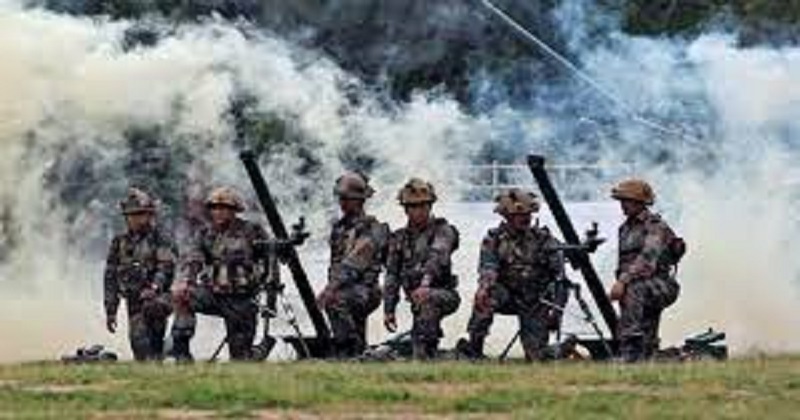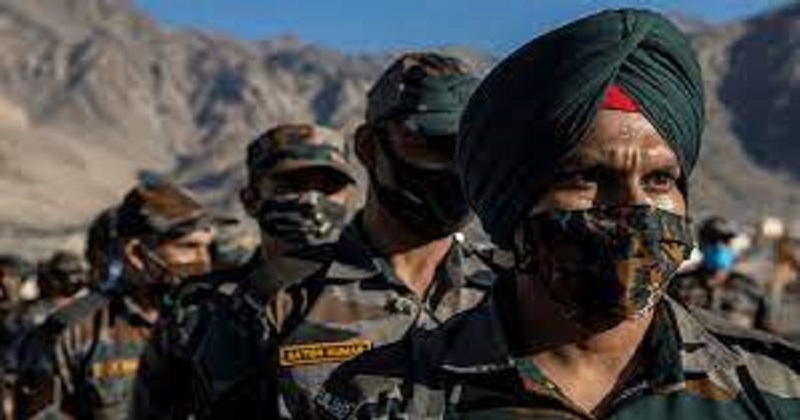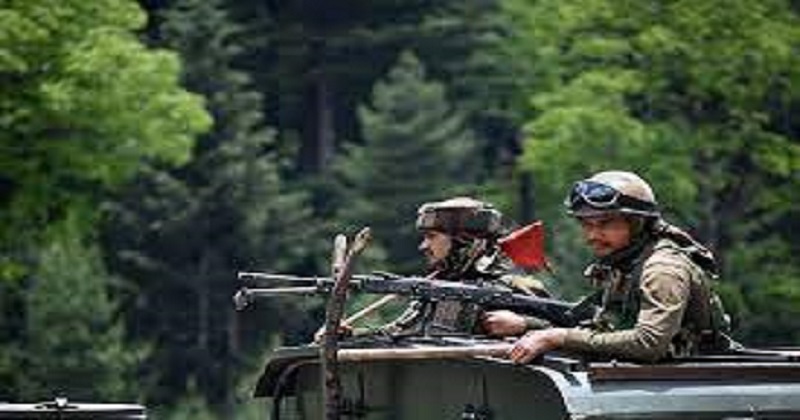
As Prime Minister Narendra Modi’s government moves closer to the US and its allies, the country’s long-delayed plans to overhaul its military have a new lease on life. Ahead of a meeting of Global Quad leaders in the White House this Friday, Modi plans to reorganize the Indian military in the most significant way since 1947 and discuss the aftermath of the attacks on Mumbai. As the US and UK work with Australia to deploy more nuclear-powered submarines in Asia-Pacific waters, the move to integrate the army, air force, and navy is taking place.
The Indian Army unit overseeing the Pakistan border was ordered by a newly created department to develop plans to integrate with the navy and air force, officials familiar with the development reported last month. Those models will be replicated throughout the country, so the entire military is under a new operating structure by 2024, said the officials, who spoke on condition of anonymity due to media rules.

Having a more unified Indian armed forces would make it easier for the country to work with the military of the US and its allies in the event of a conflict. India lacks interoperability in a range of defense areas, a key component of the AUKUS partnership announced by the US, Australia, and UK last week. ‘The Quad partners have previously discovered that they can only exercise with one Indian service at any one time — the navy or the air force,’ said David Brewster, who wrote the book ‘India as an Asia Pacific Power’. This severely hinders cooperation when many of the operations are joint operations’.
Before the Quad meeting at the White House, Modi met separately with Morrison, Suga, and US Vice President Kamala Harris in the US. According to a tweet from his office, India and the US have ‘shared values’ and their cooperation has ‘gradually increased’. Over the decades, Indian leaders have kept military command and control divided to avoid coups that were common in the region. Since the 1990s, bureaucrats and military officials have resisted the idea of unification, primarily for reasons of turf wars, but the current system is failing to counter China, which moved to the same model in 2016.

Despite regional challenges and technological changes, modernizing the Indian military is underway, said Bharat Bhushan Babu, a Defense Ministry official who refused to go into further details. No immediate comment was received from the Indian Navy, Army, or Air Force. The reorganization would create at least four theater commands: One in the west focusing on Pakistan, another in the east focusing on China, a maritime command for the Indian Ocean region, and an air defense command. According to the officials, the restive northern region of Jammu and Kashmir will remain untouched for now.
Military forces in India will be able to operate seamlessly all over the world. In addition to warships, patrol craft, soldiers, and fighter jets, these theater commands will utilize an extensive network of radars located on the ground along Afghanistan’s disputed border with China and Pakistan. With more than 2.1 million troops, China has the world’s largest standing army. India comes in second place with 1.2 million regular soldiers and 960,000 reserves whose pay and pensions consume most of the defense budget. According to the Indian Army, organizing along theaters will result in economies of scale, cutting expenditures by about one-third and concentrating power in a single office: the Chairman of the Joint Staff Committee.
Anit Mukherjee, associate professor at the S Rajaratnam School of International Studies in Singapore, said that India’s siloed approach to training, planning, and operations caused dissonance when working with ‘modern militaries. In the last five years, the challenges to the Indian military have increased greatly, and it is unclear whether they have been able to meet them.
Read more: Vaccines will be given at home to those unable to reach vaccination centers: Minister
According to officials, the Indian Air Force in particular has opposed multiple theaters, arguing that its limited resources will be spread too thin if it isn’t able to respond to threats across the country. It was apparent in 2019 when Indian Air Force jets fired missiles into Pakistan to destroy an alleged terror training camp after a suicide attack in Jammu and Kashmir that left 40 soldiers dead. Despite being put on alert, Indian Army units were not told why or what to expect, according to a senior officer who declined to be identified.
A tradition of non-interference in politics has also allowed rivalries between the three main services to flourish, even though India’s military answers to elected officials. Moreover, this has led to a stronger army, which is responsible for more than 60% of all military spending, causing a greater focus on building the capacity to become a force on the oceans of the Indo-Pacific. In India’s reorganization, there is a tendency to reinforce army dominance and to broaden the emphasis on continental defense. The decrease in Indian military capability to project power in cooperation with Quad partners may mean a reduced capability for the Indian Army.

Post Your Comments